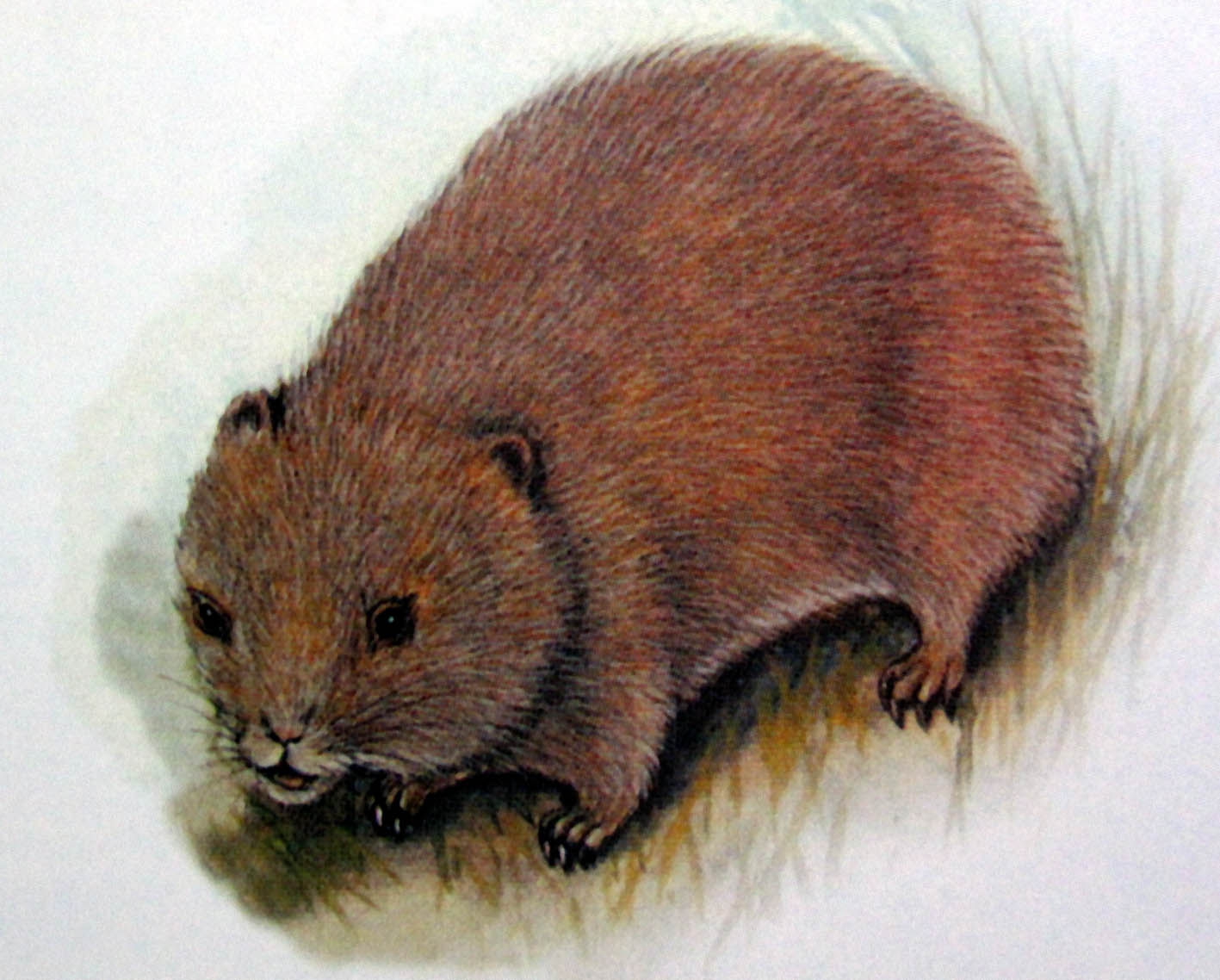| Citation |
|
Description |
Geographic Range [top]
Range Description: This species is found in southern China, northern Myanmar, and northern Viet Nam (Thorington and Hoffmann 2005). It may be present in Lao PDR, however, the range in this country needs to be confirmed. Allen (1938) gave the elevational range of this species as 1,219-3,962 m asl.
Countries occurrence:
Native:
China (Anhui, Fujian, Gansu, Guangdong, Guangxi, Guizhou, Hubei, Hunan, Jiangxi, Shaanxi, Sichuan, Yunnan, Zhejiang); Myanmar; Viet Nam
Additional data:
? Lower elevation limit (metres): 1219
? Upper elevation limit (metres): 3962
Range Map: Click here to open the map viewer and explore range.
Population [top]
Population: It is common in some parts of its range, for instance it is considered to be a plantation crop pest species in China (Ken Aplin pers. comm.).
Current Population Trend: Unknown
Additional data:
? Population severely fragmented: No
Habitat and Ecology [top]
Habitat and Ecology: This species may be largely confined to the bamboo belt of montane forest (Lunde et al. 2006). It has been recorded from plantations in some parts of its range. It is a burrow-dwelling species (Smith and Xie 2008). Predators include the red panda (MacClintock 1988) and the snow leopard (Johnson et al. 1993). It has moderate tolerance to human disturbance (Lunde et al. 2006).
Systems: Terrestrial
Generation Length (years): 2
Use and Trade [top]
Use and Trade: Hunted for food.
Threats [top]
Major Threat(s): The species is heavily harvested for food in some parts of its range.
Conservation Actions [top]
Conservation Actions: This species occurs in Niumulin, Wuyishan, Nanling, Heishidingkuoyelin, Dayaoshanshuiyuanlin (Guangxi), Daozhendashahe, Xishuizhongyaredaisenlin, Fanjingshan (Guizhou), Maolan, Shennongjia, Houhe, Taoyuandong, Dongdongtinghu (Hunan), Mangshan, Poyanghuhouniao, Yanquan, Taohongling, Jinggangshan, Taibaishan, Foping, Wanglang, Wolong, Jinfoshan, Ailaoshan, Changshanerhai, Tongbiguan, Wawushan, Nandongtihu Shidi and Shuiqin, Xiaoxi, Meihualutiebu, Nanjingnanyaredaiyulin (CSIS 2008), and Jiuzhaigou National Nature Reserves (Liu et al. 2005) and may be present in additional protected areas. Further studies are needed into the distribution, taxonomy, and impacts of exploitation on the population. In China, this species has been regionally Red Listed as Least Concern (Wang and Xie 2004).
Citation: Lunde, D., Aplin, K. & Musser, G. 2016. Rhizomys sinensis. The IUCN Red List of Threatened Species 2016: e.T19646A22275131. Downloaded on 09 December 2016.
Disclaimer: To make use of this information, please check the .
Feedback: If you see any errors or have any questions or suggestions on what is shown on this page, please provide us with feedback so that we can correct or extend the information provided
|

